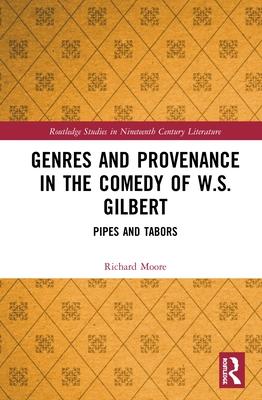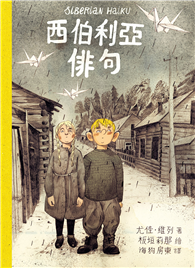In The Progress of Fun W.S. Gilbert was considered, not as a 'classic Victorian', but as part of an on-going comedic continuum stretching from Aristophanes to Joe Orton and beyond. Pipes and Tabors continues the story, covering the comedic experience differently by reference to genres. Here - treated in relation to a line of significant others - we discover how Gilbert responded to areas such as the Pastoral, the Irish drama, nautical scenarios, melodrama, sensation-theatre, the nonsensemode, pantomime spectaculars, fairy plays, and classical farce. Also included is a wider look at his relation to various European musical forms and (for instance) to the English line of wit and the Elizabethan pamphleteers. To consider a writer not so much by a study of individual works as by threads of linking generic modes tells us a great deal about cultural interconnections and the richly textured nature of theatrical experience. Pipes and Tabors offers a tapestry of overlapping genres and treatments, showing not just the design of the finished products but the shreds and patches which form the underside of the weave. According to Dorothy L. Sayers, life itself offers us the apparent loose ends of a design which will only be revealed from the front after death. In terms of Gilbertian comedy, we are privileged to be able to track both the effort of the weave and the skill of the finished product. On the way we will also discover some new links and sub-text implications about other 19th century denigrated groups which were buried from sight for too long.
| FindBook |
有 1 項符合
Genres and Provenance in the Comedy of W.S. Gilbert: Pipes and Tabors的圖書 |
 |
Genres and Provenance in the Comedy of W.S. Gilbert: Pipes and Tabors 作者:Moore 出版社:Routledge 出版日期:2019-11-01 語言:英文 規格:精裝 / 336頁 / 23.11 x 15.75 x 2.29 cm / 普通級/ 初版 |
| 圖書館借閱 |
| 國家圖書館 | 全國圖書書目資訊網 | 國立公共資訊圖書館 | 電子書服務平台 | MetaCat 跨館整合查詢 |
| 臺北市立圖書館 | 新北市立圖書館 | 基隆市公共圖書館 | 桃園市立圖書館 | 新竹縣公共圖書館 |
| 苗栗縣立圖書館 | 臺中市立圖書館 | 彰化縣公共圖書館 | 南投縣文化局 | 雲林縣公共圖書館 |
| 嘉義縣圖書館 | 臺南市立圖書館 | 高雄市立圖書館 | 屏東縣公共圖書館 | 宜蘭縣公共圖書館 |
| 花蓮縣文化局 | 臺東縣文化處 |
|
|
圖書介紹 - 資料來源:博客來 評分:
圖書名稱:Genres and Provenance in the Comedy of W.S. Gilbert: Pipes and Tabors
作者簡介
Richard Moore is a graduate of Cambridge University with a doctorate in Christianity and Paganism in Victorian Fiction and a Certificate in Education (Distinction). He works as a free-lance teacher in Higher Education and as a creative writer. Currently he is working on a libretto based on Gilbert’s play Foggerty’s Fairy, for which any composer-interest would be welcome. His other interests are nature conservation, exploring Scotland’s more remote places, and following his enthusiasm for a wide range of historical, literary and musical interests - the last especially including opera, oratorio and ragtime.
|











